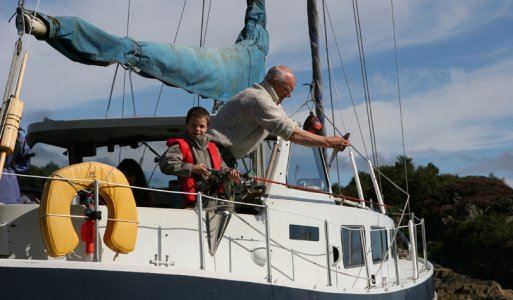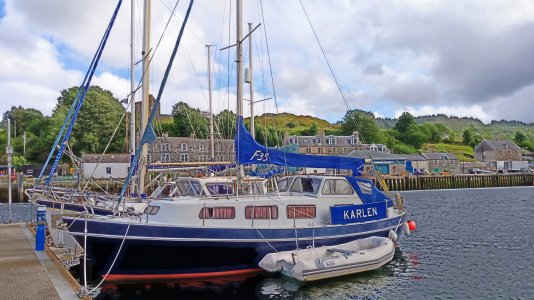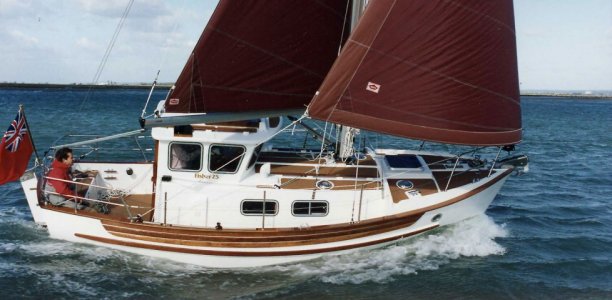Baggywrinkle
Well-Known Member
Wow ... my Dad used to have one, kept in the Clyde (Tarbert) and called Karlen. He had it for years and sold it a few years ago. Perfect West Coast boat and my kids had great fun on her.We've had our Finnsailer 5 years now.
This is our fifth year owning her & several thousand miles of comfy warm sailing.




